Home>Furniture & Design>Bathroom Accessories>How Do I Stop A Toilet Seat From Moving
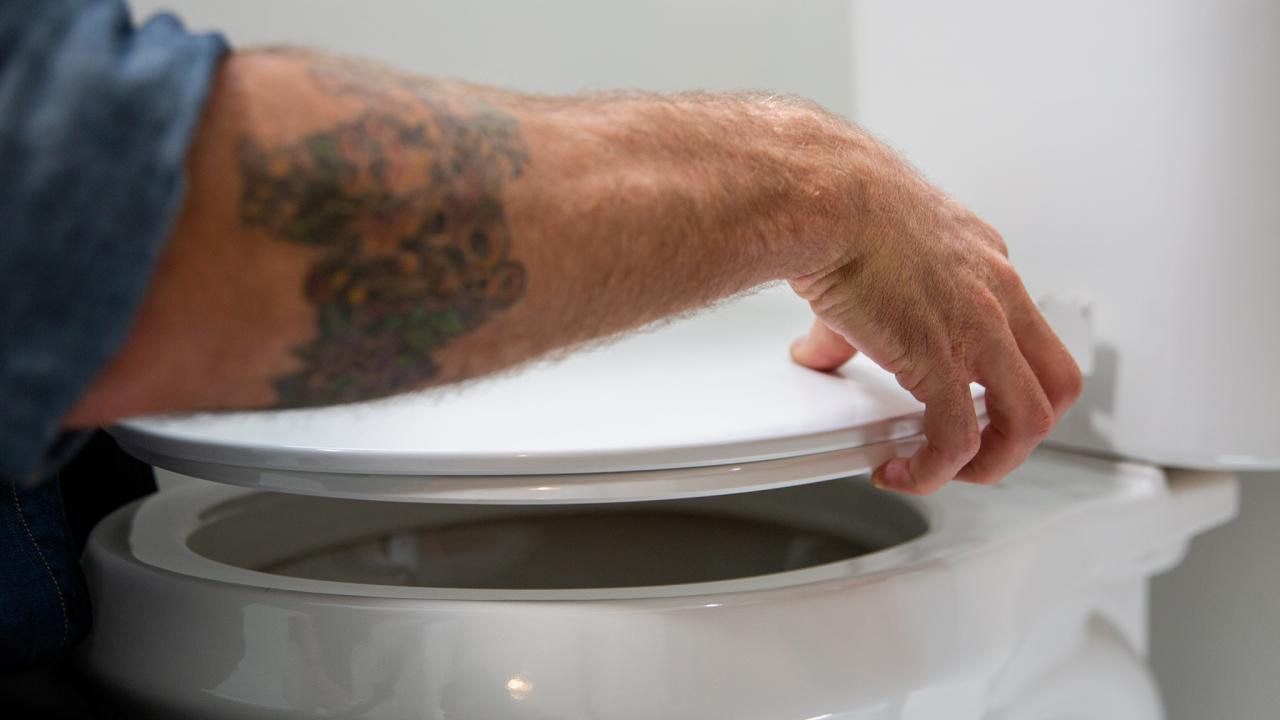

Bathroom Accessories
How Do I Stop A Toilet Seat From Moving
Modified: February 16, 2024
Prevent your toilet seat from moving with the right bathroom accessories. Learn effective tips to keep your toilet seat in place.
(Many of the links in this article redirect to a specific reviewed product. Your purchase of these products through affiliate links helps to generate commission for Storables.com, at no extra cost. Learn more)
Introduction
Dealing with a wobbly or constantly shifting toilet seat can be an incredibly frustrating experience. The annoyance of having to readjust the seat every time you use the toilet can quickly become a daily inconvenience. Fortunately, there are effective solutions to address this common issue. In this article, we will explore the various causes of a moving toilet seat and provide practical tips and solutions to help you put an end to this aggravating problem. Whether you're a homeowner, a renter, or a professional plumber, understanding the reasons behind a loose toilet seat and learning how to fix it can save you time, money, and unnecessary stress. Let's delve into the world of bathroom accessories and discover the best ways to keep your toilet seat securely in place.
Key Takeaways:
- Say goodbye to a wobbly toilet seat by tightening hinges, ensuring proper installation, and upgrading to sturdier hardware. Enjoy a stable and safe bathroom experience!
- Prevent a moving toilet seat with simple solutions like replacing worn-out bumpers and opting for durable seat materials. Keep your bathroom comfortable and hygienic.
Read more: How To Stop Toilet Seat From Slamming
Understanding the Problem
A loose or wobbly toilet seat is a common nuisance that many people encounter in their bathrooms. This issue can be attributed to several factors, and understanding the root cause is crucial in finding an effective solution. When a toilet seat moves or shifts unexpectedly, it not only disrupts the overall comfort and functionality of the toilet but also poses potential safety hazards. Understanding the problem begins with recognizing the implications of a loose toilet seat and the inconvenience it brings to daily bathroom routines.
The problem of a moving toilet seat can manifest in various ways. It may involve a seat that shifts from side to side, wobbles back and forth, or even completely detaches from the toilet bowl. These movements can be unsettling and may lead to discomfort and frustration for anyone using the toilet. Moreover, a loose toilet seat can compromise hygiene and cleanliness, as it may shift out of place during use, creating an unhygienic environment.
Furthermore, a loose toilet seat can be a safety concern, especially for individuals with mobility issues or balance difficulties. The instability of the seat increases the risk of slips, falls, and potential injuries, making it imperative to address the problem promptly.
In addition to the inconvenience and safety risks, a moving toilet seat can also indicate underlying issues with the toilet's components or installation. It may signal wear and tear in the hinges, bolts, or mounting hardware, or it could be a result of improper installation or a mismatch between the seat and the toilet bowl.
Understanding the problem of a loose toilet seat involves recognizing its impact on comfort, hygiene, safety, and the overall functionality of the toilet. By acknowledging the significance of this issue, individuals can take proactive measures to identify the cause and implement effective solutions to restore stability and peace of mind in their bathrooms.
Identifying the Cause
Identifying the cause of a moving toilet seat is essential in determining the most suitable solution. Several factors can contribute to this common issue, and a thorough assessment is necessary to pinpoint the root cause. By understanding the underlying reasons for a loose toilet seat, individuals can effectively address the problem and prevent its recurrence.
-
Loose Hinges and Mounting Hardware: One of the primary causes of a wobbly toilet seat is loose or damaged hinges and mounting hardware. Over time, the constant opening and closing of the seat can lead to wear and tear in the hinges, causing them to become loose or unstable. Similarly, the bolts and screws securing the seat to the toilet bowl may loosen due to regular use, resulting in an unstable seat.
-
Inadequate Installation: Improper installation of the toilet seat can also contribute to its instability. If the seat is not securely attached to the toilet bowl during the initial installation, it is likely to shift or wobble during use. This can occur if the bolts are not tightened sufficiently or if the seat is not aligned properly with the bowl.
-
Mismatched Components: Using a toilet seat that is incompatible with the toilet bowl can lead to instability. Different toilet models require specific seat sizes and shapes to ensure a secure fit. Using a seat that does not match the dimensions of the toilet bowl can result in a loose or wobbly seat.
-
Worn-out Bumpers: The bumpers located between the toilet seat and the bowl play a crucial role in stabilizing the seat. If these bumpers are worn out or damaged, they may fail to provide adequate support, causing the seat to move or shift unexpectedly.
-
Material Degradation: Over time, the materials used in the construction of the toilet seat, such as plastic or wood, may degrade, leading to a decrease in stability. This degradation can result from exposure to moisture, cleaning agents, or general wear and tear, compromising the structural integrity of the seat.
By identifying these potential causes, individuals can narrow down the factors contributing to their loose toilet seat and take targeted measures to address the specific issue. This understanding serves as a crucial first step in implementing effective solutions to stop the toilet seat from moving, restoring comfort and stability to the bathroom environment.
You can stop a toilet seat from moving by tightening the bolts underneath the seat with a screwdriver. Make sure the bolts are secure to prevent any movement.
Solutions for Stopping the Toilet Seat from Moving
Addressing a moving toilet seat requires a systematic approach to ensure a lasting and effective solution. By considering the potential causes of the issue, individuals can implement targeted strategies to stop the seat from moving and restore stability to their bathroom fixtures. Here are practical solutions to address the problem of a loose or wobbly toilet seat:
-
Tightening Hinges and Hardware: Begin by inspecting the hinges and mounting hardware of the toilet seat. Using a screwdriver or wrench, tighten any loose bolts or screws that secure the seat to the toilet bowl. Ensure that the hinges are securely attached and free from any signs of wear or damage. This simple adjustment can significantly reduce seat movement and enhance stability.
-
Proper Installation: If the toilet seat was initially installed improperly, it may be necessary to reinstall it to ensure a secure fit. Remove the seat and carefully align it with the toilet bowl, ensuring that the bolt holes match up accurately. Tighten the bolts evenly to secure the seat in place, preventing any unnecessary movement.
-
Upgrading to Sturdier Hardware: Consider replacing the existing hinges and mounting hardware with sturdier, more durable components. Upgraded hardware can provide enhanced stability and reduce the likelihood of the seat shifting or becoming loose over time. Opt for high-quality, corrosion-resistant hardware to prolong the lifespan of the toilet seat's attachment mechanism.
-
Matching Seat to Bowl: If the instability is due to a mismatch between the toilet seat and the bowl, consider replacing the seat with a model that is specifically designed for your toilet. Ensure that the dimensions and shape of the new seat align perfectly with the toilet bowl, promoting a secure and stable connection.
-
Replacing Bumpers: If worn-out or damaged bumpers are contributing to the seat's instability, replacing them can effectively resolve the issue. New bumpers will provide the necessary support and cushioning to keep the seat in place, preventing unwanted movement and ensuring a snug fit on the toilet bowl.
-
Upgrading to a Durable Seat: In cases where material degradation is the root cause of the problem, consider upgrading to a toilet seat constructed from high-quality, durable materials. Opt for seats made from robust materials such as polypropylene or thermoset plastic, which are resistant to moisture and wear, ensuring long-term stability and reliability.
By implementing these solutions, individuals can effectively address the issue of a moving toilet seat and restore comfort, safety, and functionality to their bathroom. Taking proactive measures to secure the toilet seat not only eliminates the inconvenience of constant readjustment but also promotes a hygienic and safe bathroom environment for all users.
Conclusion
In conclusion, addressing the issue of a moving toilet seat is essential for maintaining a comfortable, hygienic, and safe bathroom environment. By understanding the implications of a loose or wobbly seat and identifying the potential causes, individuals can implement targeted solutions to restore stability and functionality to their toilet fixtures.
The inconvenience of a moving toilet seat, whether it wobbles, shifts, or detaches, can disrupt daily bathroom routines and compromise hygiene. Moreover, the safety risks associated with an unstable seat underscore the importance of promptly addressing this common issue.
By tightening hinges and hardware, ensuring proper installation, upgrading to sturdier hardware, matching the seat to the bowl, replacing worn-out bumpers, and opting for durable seat materials, individuals can effectively stop the toilet seat from moving and prevent its recurrence.
Taking proactive measures to secure the toilet seat not only eliminates the frustration of constant readjustment but also promotes a hygienic and safe bathroom environment for all users. Whether it's addressing loose hinges, inadequate installation, mismatched components, worn-out bumpers, or material degradation, the solutions provided offer practical and effective ways to restore stability to the toilet seat.
By implementing these solutions, individuals can enjoy the peace of mind that comes with a securely anchored toilet seat, free from unwanted movement or instability. Additionally, maintaining a stable and functional toilet seat contributes to the overall comfort and convenience of the bathroom, enhancing the overall user experience.
In essence, understanding the causes of a moving toilet seat and implementing targeted solutions empowers individuals to take control of this common issue, ensuring a reliable and secure fixture in their bathrooms. By prioritizing the stability and functionality of the toilet seat, individuals can create a welcoming and comfortable bathroom environment for themselves and their guests, free from the inconvenience and safety concerns associated with a loose or wobbly seat.
Frequently Asked Questions about How Do I Stop A Toilet Seat From Moving
Was this page helpful?
At Storables.com, we guarantee accurate and reliable information. Our content, validated by Expert Board Contributors, is crafted following stringent Editorial Policies. We're committed to providing you with well-researched, expert-backed insights for all your informational needs.
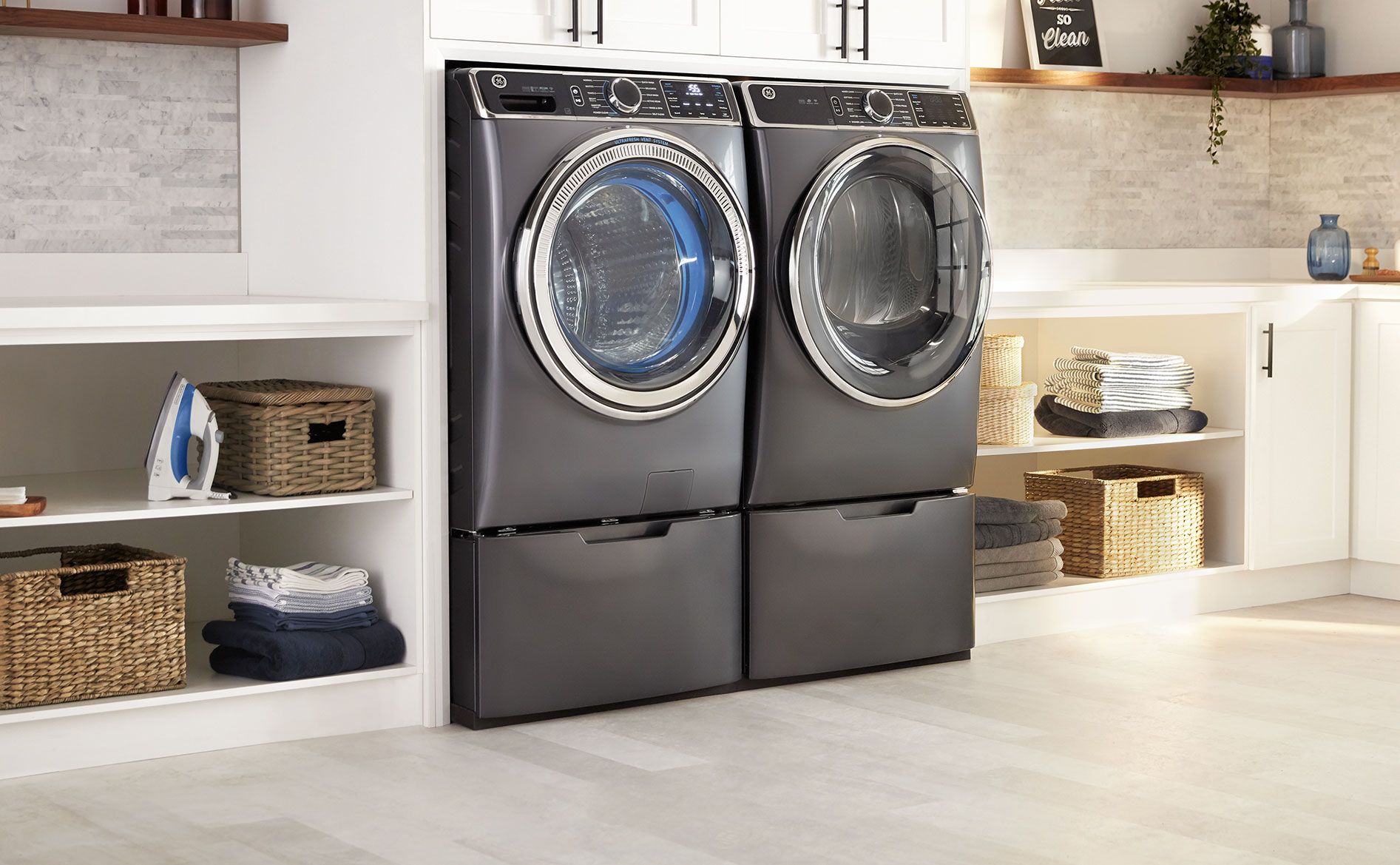
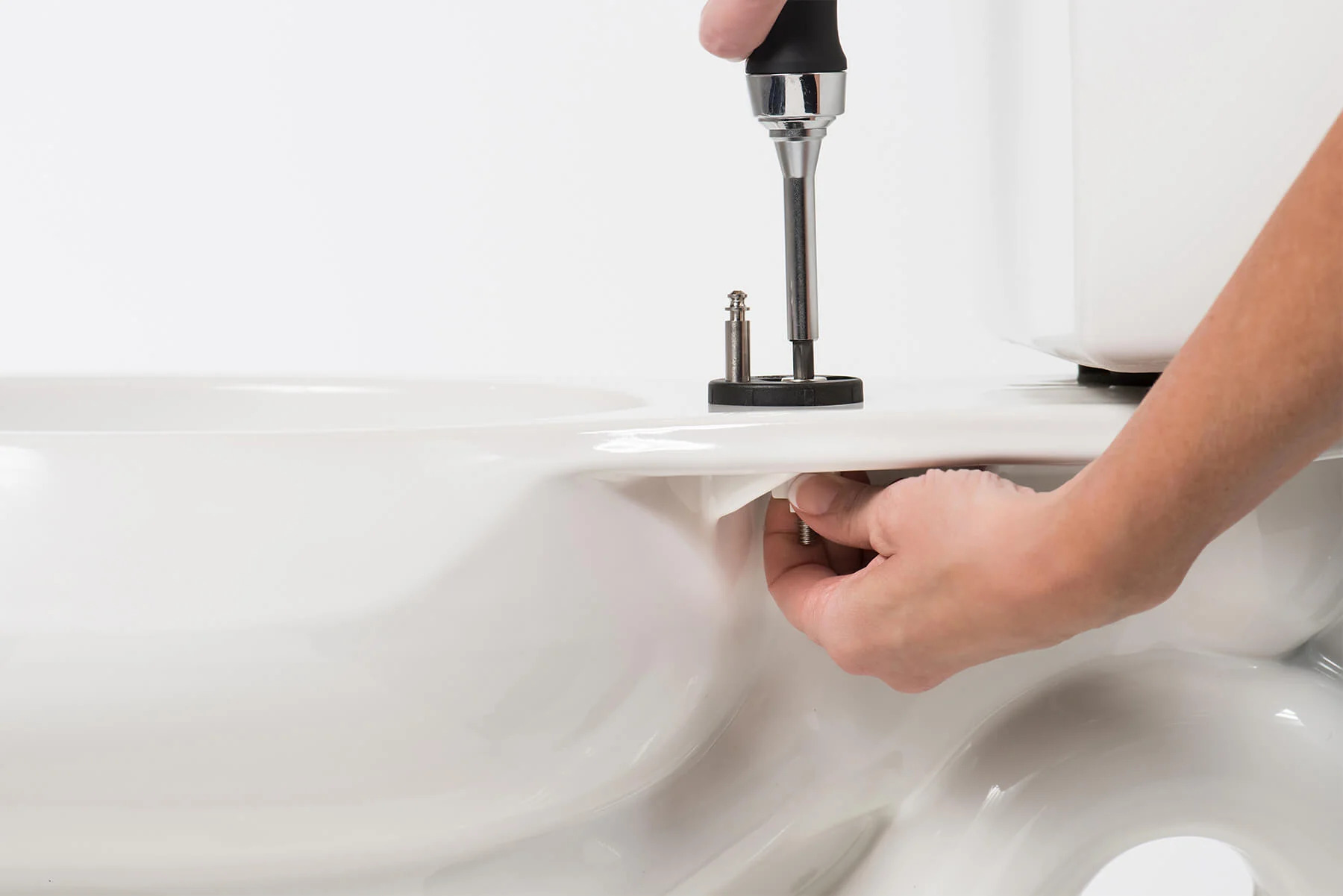
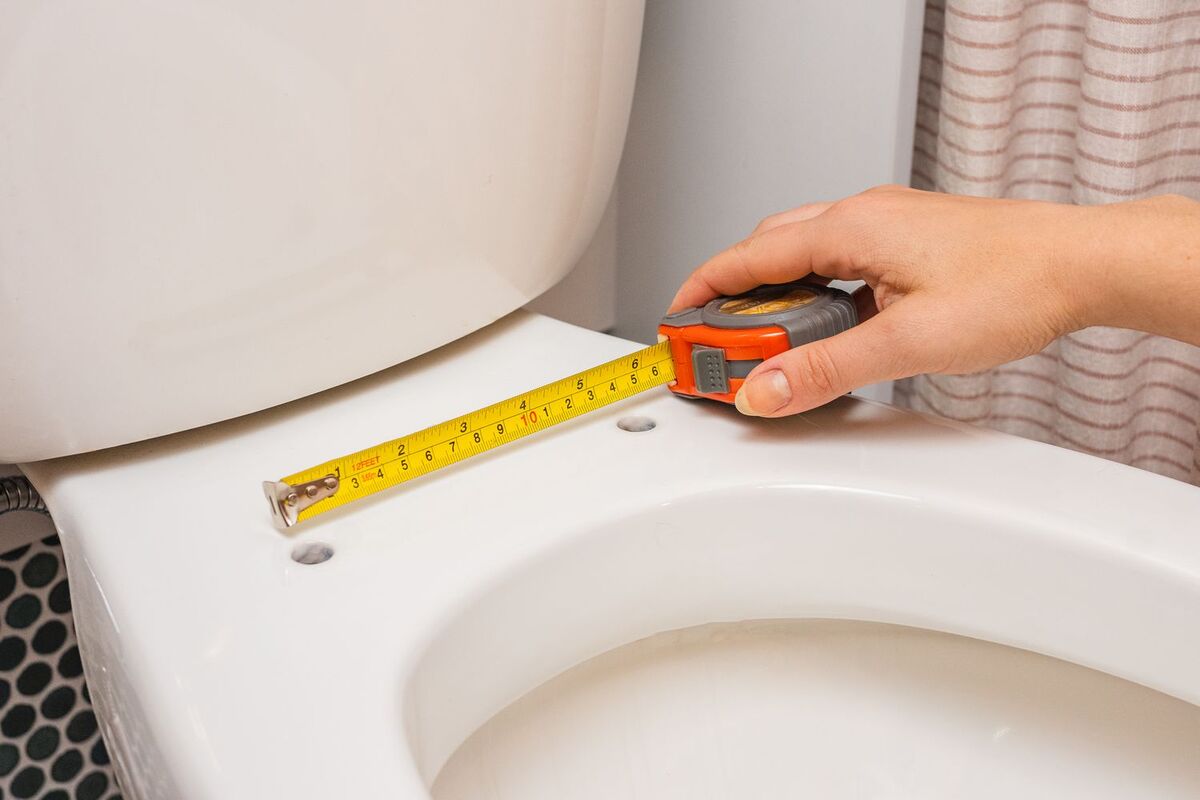
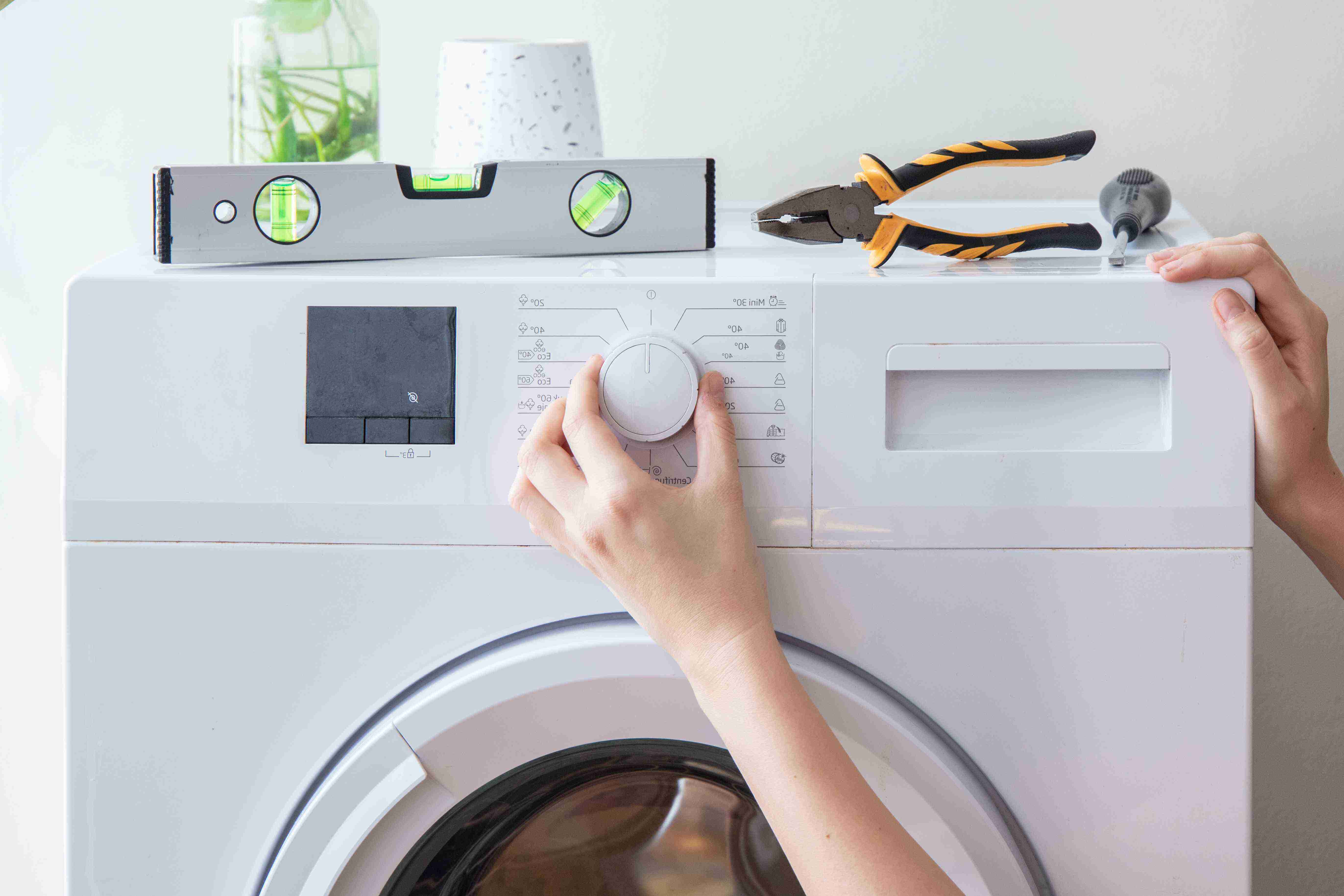



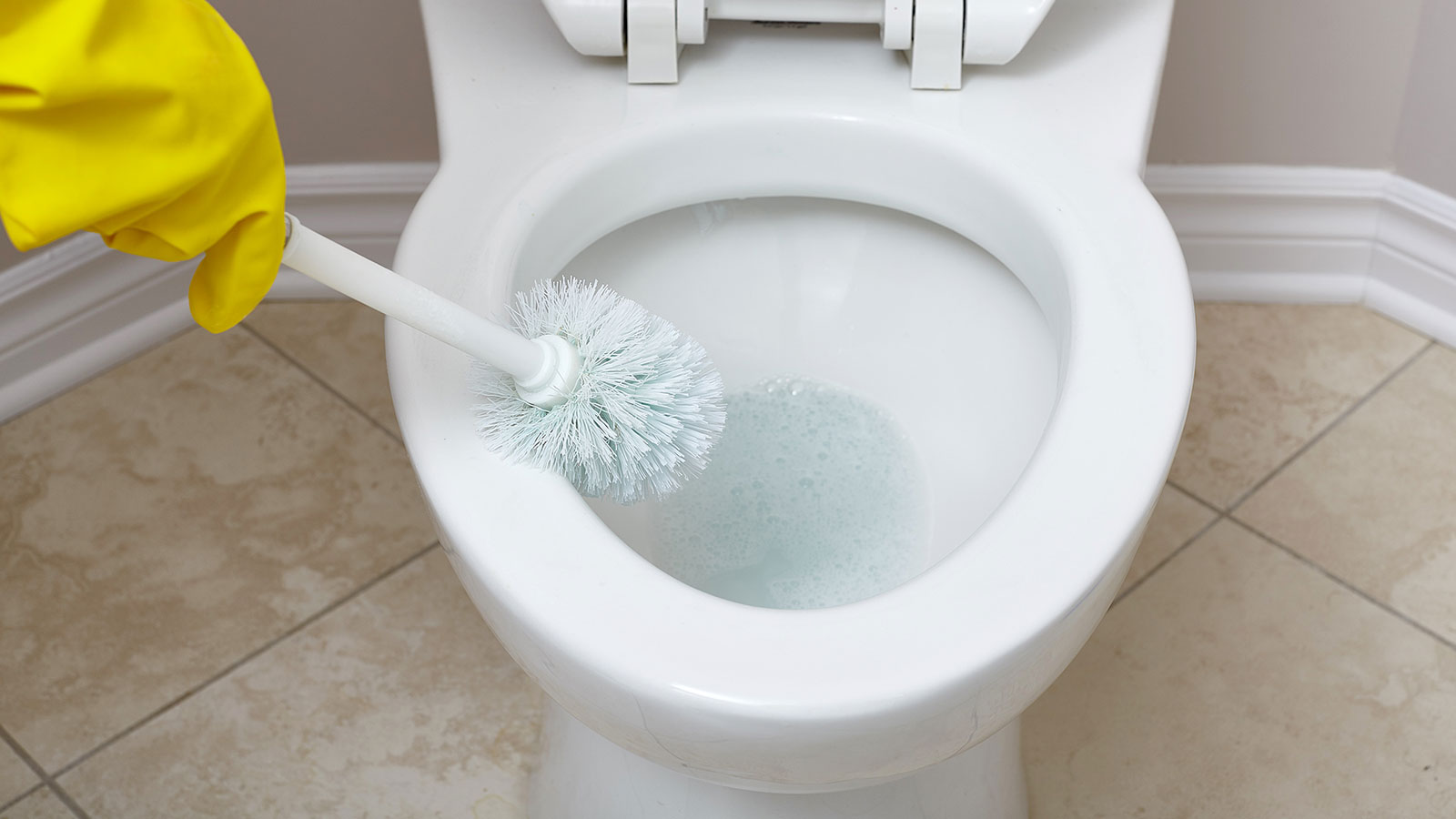
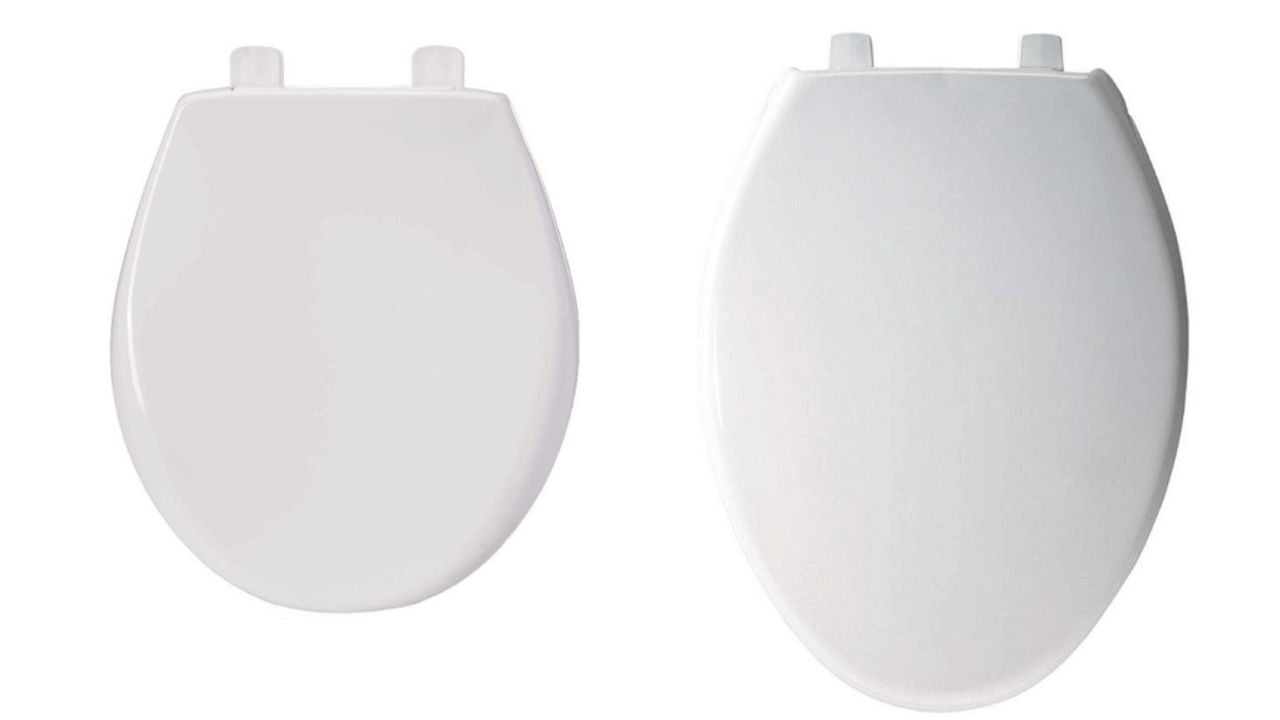
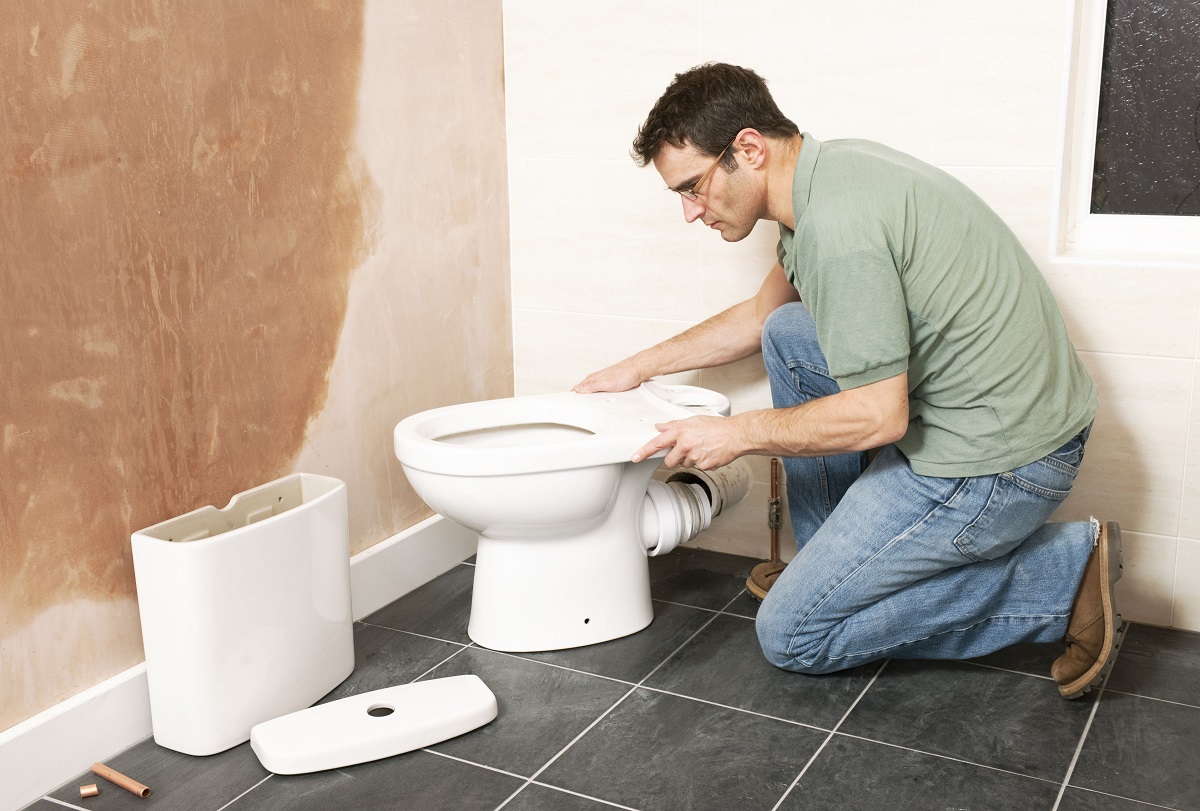
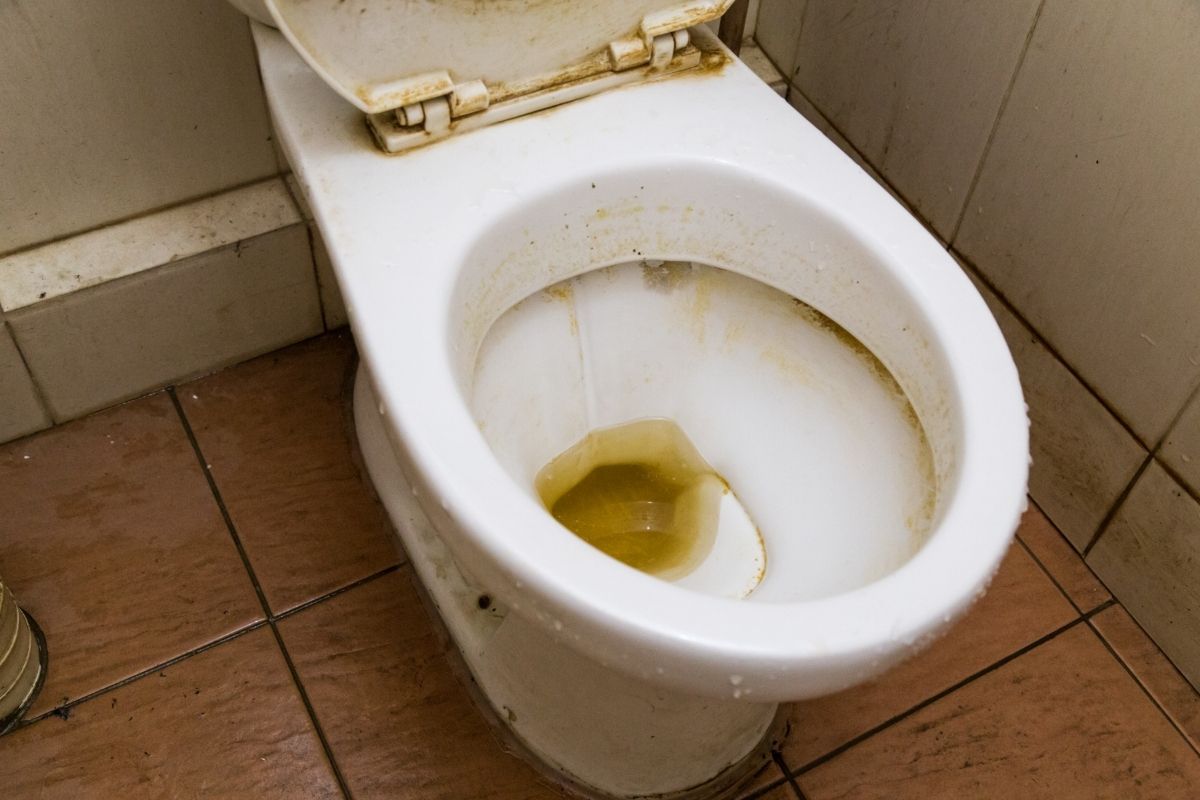
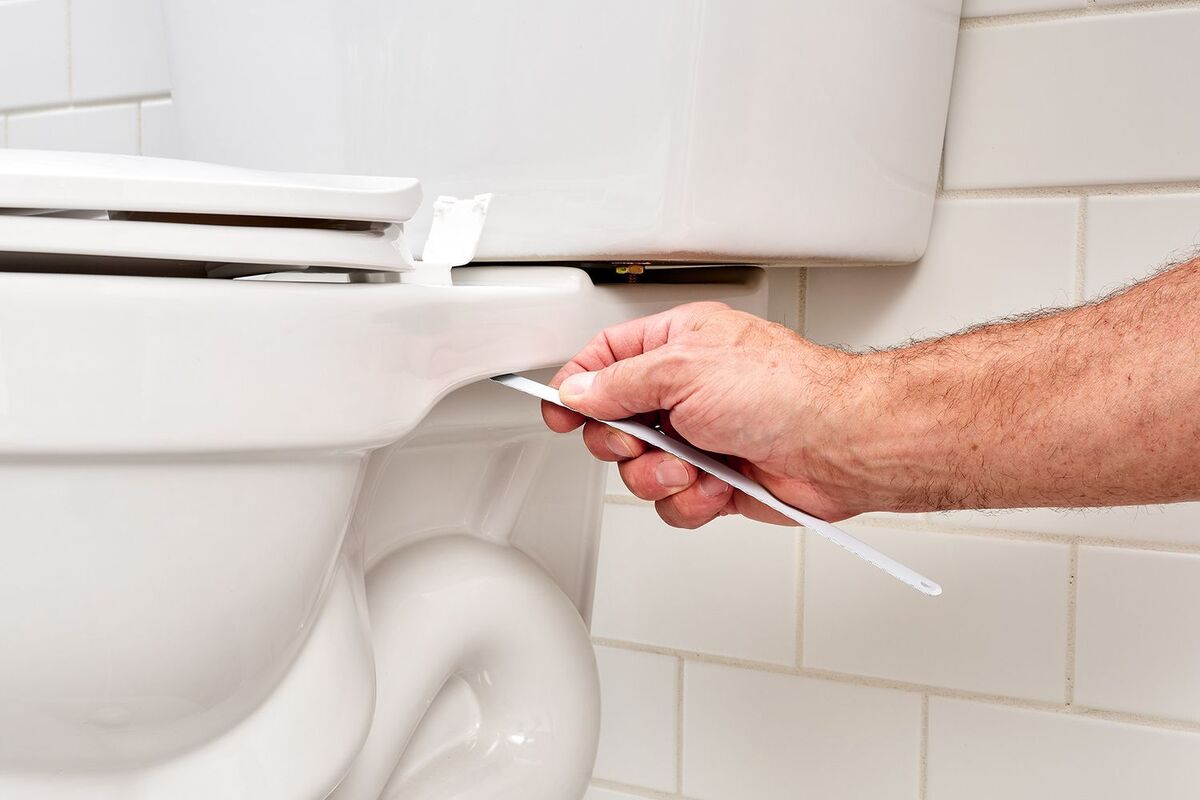


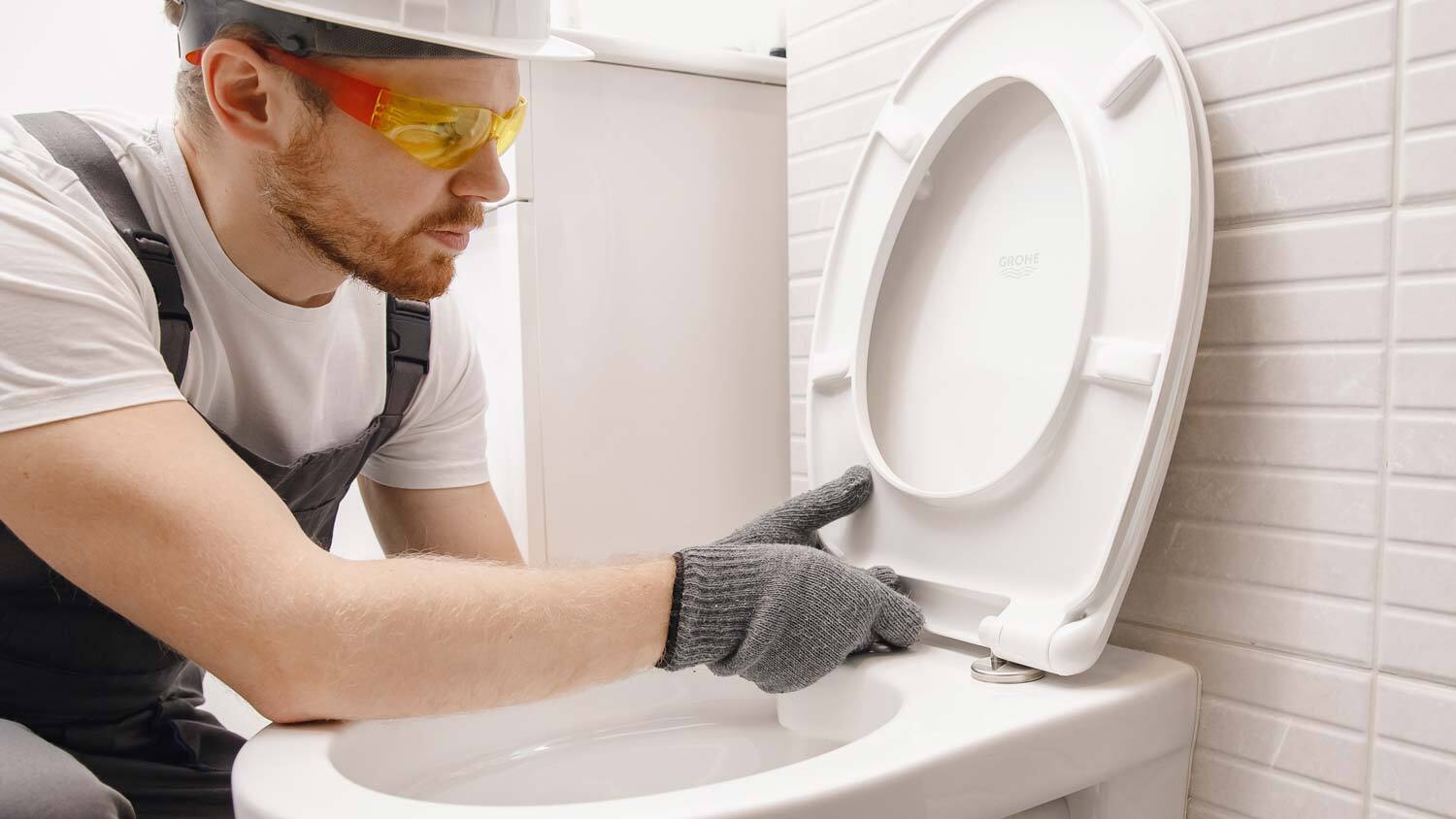

0 thoughts on “How Do I Stop A Toilet Seat From Moving”